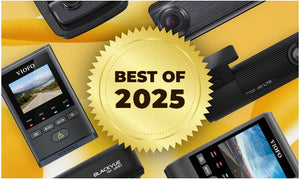Motorcyclists pick up riding for a variety of reasons: passion, freedom, adrenaline, speed, looks, gas prices - whatever it is, there is no doubt that the popularity of motorcycles is growing as more men and women learn to ride. Just got your motorcycle license? Welcome to the club! It's time to go bike shopping!
What bike should you get? There are so many styles of bikes and so many factors to consider. Bike shopping is very different than car shopping, and the strategies you use inside the car showroom might not work in the bike shop - a fun day at the bike shops can very quickly turn into a rather intimidating and overwhelming experience.
Perhaps we can help! We have put together five crucial motorcycle buying tips for beginners to help you find your perfect first bike.


